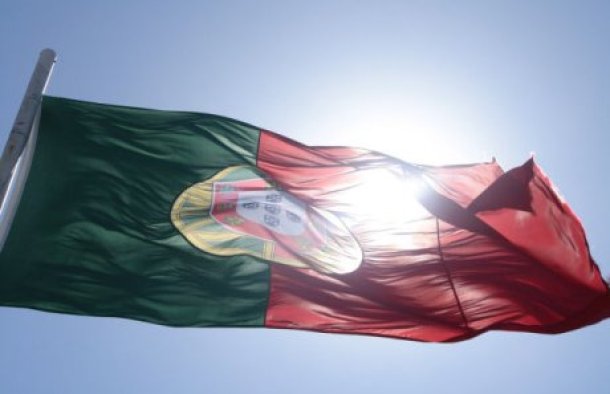Did You Know That Portuguese is a Romance Language?
The Romance languages, which include Spanish and French, are the most well-known of the group. The Romance language of Portuguese is often referred to as the "forgotten Romance language," but it is actually the third most important Romance language and the fifth most spoken language in the world.
More than 200 million people speak Portuguese in the world, which is a significant number. With the establishment of the Portuguese Empire in the 15th, 16th, and 17th centuries, it was able to spread throughout the world. In the 11th century, Portuguese had developed from the Vulgar Latin that had been brought to the Iberian Peninsula by Roman conquerors and had become distinguishable from Latin.
It is the Portuguese language spoken in Lisbon and Coimbra that has influenced the development of the Standard Portuguese that we know today. Although the majority of Portuguese vocabulary is derived from Latin, it does contain a small number of Arabic, French, and Italian words, as well as words from indigenous South American and African languages, among other things.
Languages belonging to the Italic subfamily, which in turn are members of the Indo-European language family, include Portuguese. The language is currently spoken in Portugal, Brazil, Angola, Guinea Bissau, Mozambique, the Cape Verde, Santo Tomé and Prncipe, Oriental Timor, and Ecuatorial Guinea. It is also spoken in Macau and some areas of India that were formerly Portuguese colonies, such as the states of Goa, Daman and Diu, and Dadra and Nagar Haveli.
It is also spoken by minorities in neighbouring countries such as Bolivia, Paraguay, and Uruguay, owing to the influx of Brazilians who are primarily involved in commercial activities in these countries.
The Community of Portuguese-Speaking Countries (CPSC), an organisation founded in 1996, brings together countries that speak Portuguese as a first language. Although the Portuguese language spoken in Portugal is similar to that of Brazil, the differences between the two languages are minor in terms of pronunciation, grammar, and vocabulary.
The nasalization of certain vowels and diphthongs is a distinctive phonetic feature of the Portuguese language, which can be indicated by a tilde placed above the appropriate vowel in a phrase or phrase fragment. Stress and pronunciation are clarified through the use of acute and diacritical accents, which also serve to distinguish homonyms.
The grave accent serves as a guide for the speaker in terms of pronunciation. It can also be used to indicate a contraction, as in the word às, which is a combination of the words "to" and "as" (feminine plural). When a c with a cedilla (ç) is used before the vowels a, o, and u, it is pronounced the same as a c in English place.
A similarity to Spanish is that the verb "to be" has two forms: ser, which denotes a relatively permanent state and which can also precede a predicate noun, and estar, which denotes a relatively temporary condition and which can also precede a predicate noun.
When compared to its Spanish counterpart, the Portuguese language prefers to use reflexive verbs rather than the passive voice.
You might also like:
Comments





